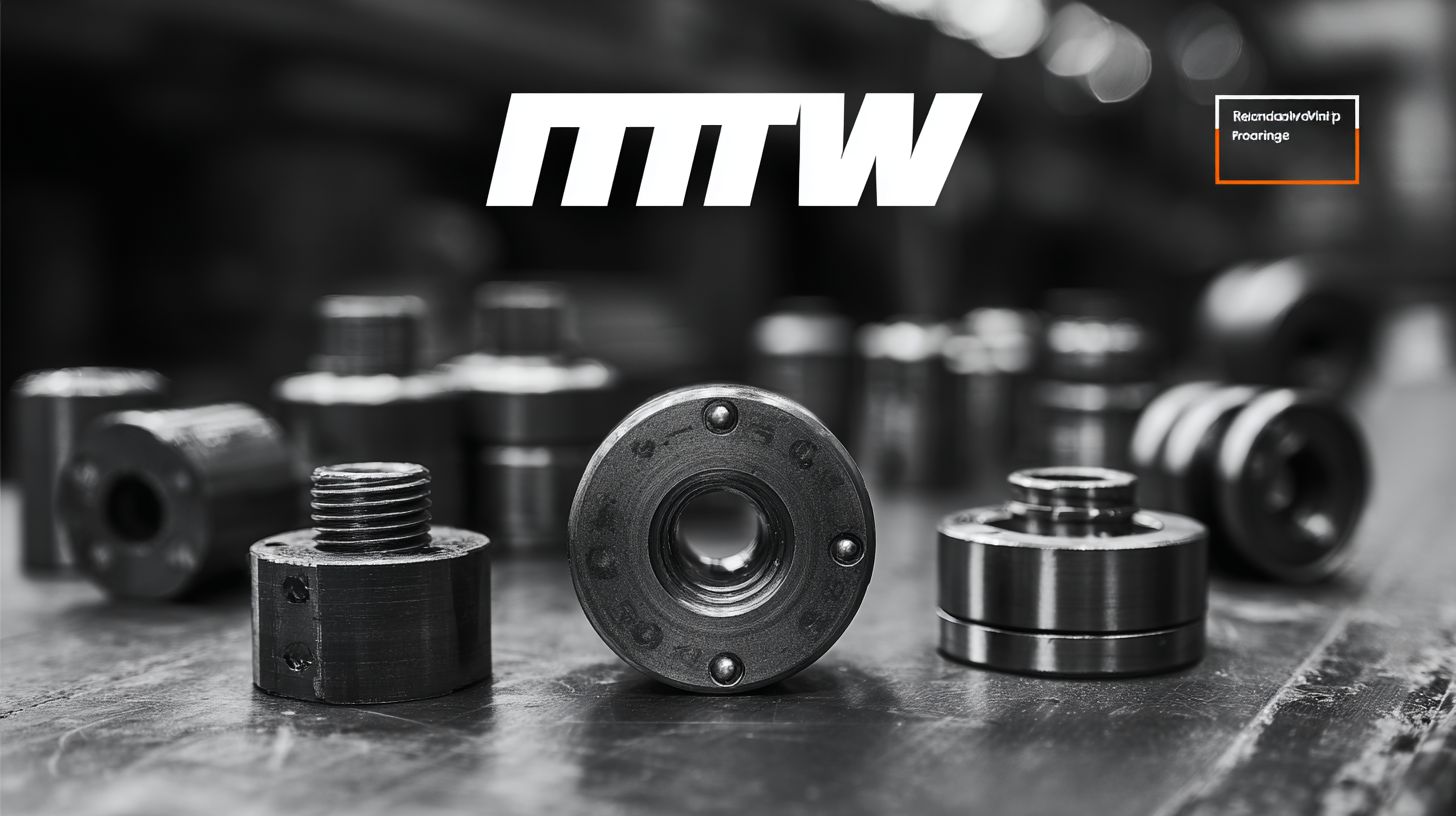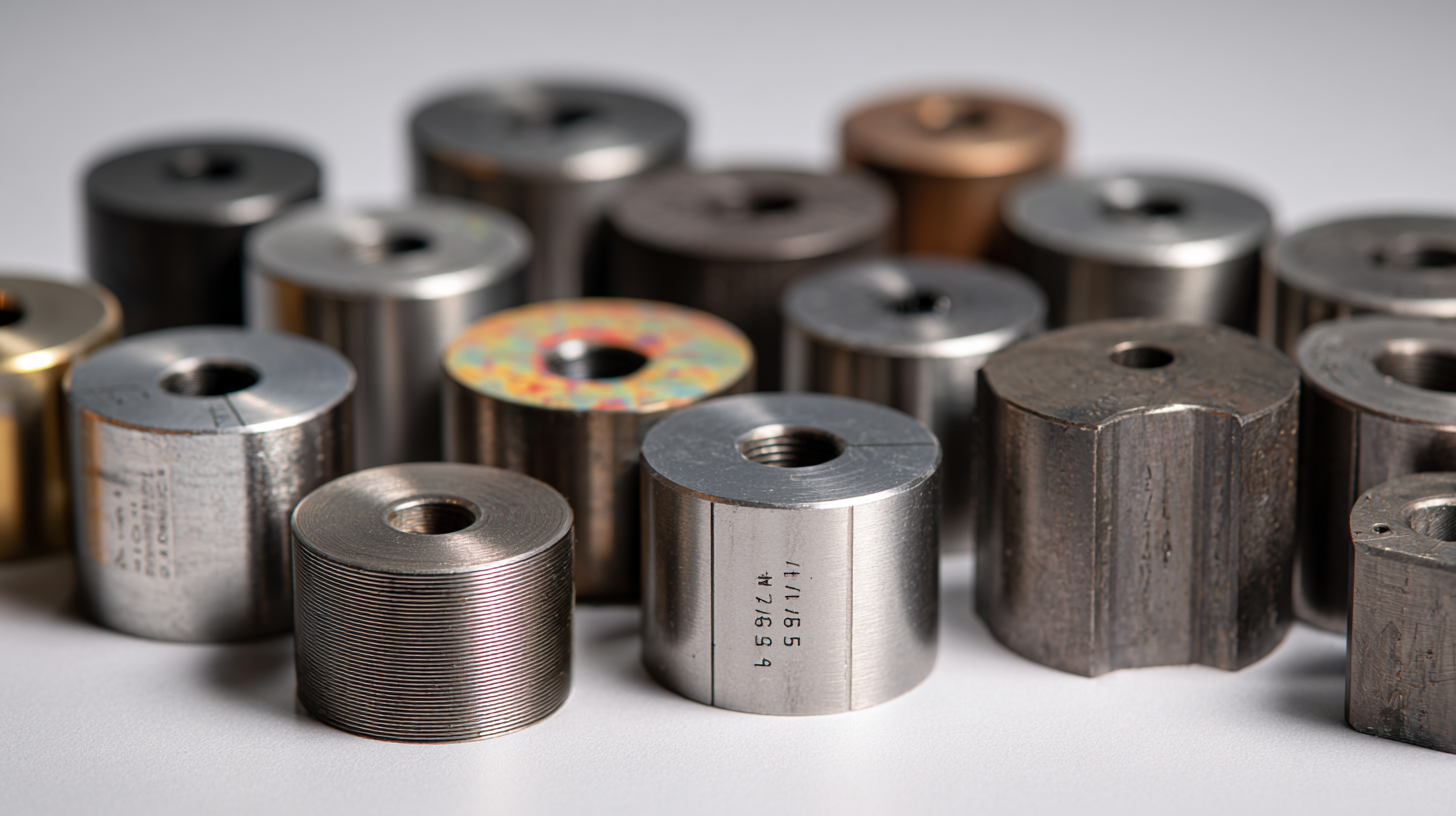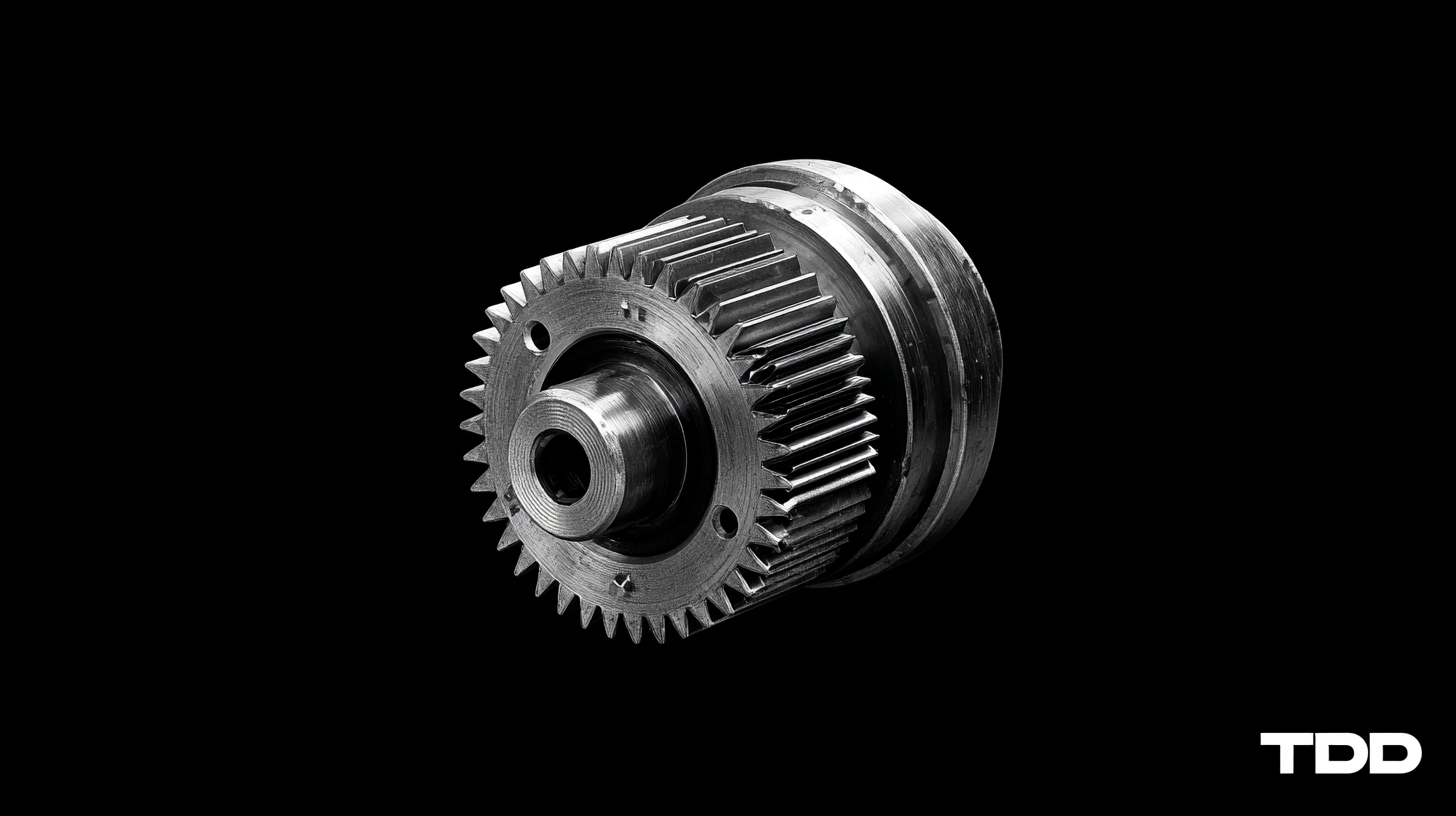
How to Choose the Best Thread Rolling Dies for Increased Manufacturing Efficiency
In the rapidly evolving manufacturing landscape of 2025, optimizing production processes is more crucial than ever, especially when it comes to essential components like Thread Rolling Dies. These tools play a pivotal role in enhancing the efficiency of metal forming operations, significantly impacting the quality and strength of the final products. As manufacturers strive to reduce costs and improve output, the selection of the right Thread Rolling Dies becomes a strategic decision that can either propel businesses forward or hinder their growth.

This blog will explore key considerations for choosing the best Thread Rolling Dies, highlighting the advanced features and technologies that can lead to increased manufacturing efficiency and competitive advantage in today's fast-paced market. Whether you are a seasoned professional or new to the industry, understanding these factors will help you make informed decisions that align with your operational goals.
Understanding the Basics of Thread Rolling and Its Advantages
Thread rolling is a manufacturing process that creates threads on cylindrical parts using a special tool known as a thread rolling die. This technique involves deforming the material rather than cutting it, which results in stronger threads with improved fatigue resistance. Understanding the basics of thread rolling can help manufacturers maximize efficiency and product integrity, making it a preferred choice in industries such as automotive and aerospace.
When selecting thread rolling dies, it's essential to consider the material to be processed. Different metals and alloys may react distinctively under pressure, so ensure that the dies are compatible with your specific application. Additionally, pay attention to the die profile to match your design requirements closely. Matching the right die profile not only enhances the quality of the threads but also increases production speed.
Tip: Always conduct a thorough test run to evaluate how the selected dies perform in real-time scenarios. This step can help identify potential issues before full-scale production begins. Another essential tip is to regularly maintain and inspect your dies, as wear and tear can significantly affect machining efficiency and the quality of the final product.
Types of Thread Rolling Dies: Choosing the Right Fit for Your Needs
When it comes to enhancing manufacturing efficiency, selecting the right type of thread rolling die is crucial. There are several types of thread rolling dies tailored to various applications.
Flat dies, for example, are ideal for producing external threads, particularly on cylindrical surfaces. Their versatility allows for the rolling of different sizes and shapes, accommodating a wide range of materials.
 On the other hand, cylindrical dies are specifically designed for continuous production, ensuring consistent thread profiles and minimizing waste.
On the other hand, cylindrical dies are specifically designed for continuous production, ensuring consistent thread profiles and minimizing waste.
In addition to flat and cylindrical dies, there's also the option of thread rolling dies with specialized profiles. For manufacturers working with unique thread specifications, these custom dies can be engineered to meet precise requirements. This customization can significantly improve the fit and function of threaded components, resulting in higher product quality. When choosing a thread rolling die, consider both the material being processed and the desired thread characteristics to optimize performance and efficiency in your manufacturing operations.
Key Considerations for Manufacturing Efficiency in Thread Rolling
 When selecting the best thread rolling dies, manufacturers must prioritize efficiency to enhance overall production outputs. One key consideration is the material and design of the dies, which can influence the wear resistance and precision during the rolling process. Research indicates that using high-speed steel or carbide dies can significantly improve lifespan and performance, minimizing downtime for replacements. Additionally, the die’s geometry plays a critical role; a well-designed profile can facilitate smoother operations, resulting in less waste and higher quality threads.
When selecting the best thread rolling dies, manufacturers must prioritize efficiency to enhance overall production outputs. One key consideration is the material and design of the dies, which can influence the wear resistance and precision during the rolling process. Research indicates that using high-speed steel or carbide dies can significantly improve lifespan and performance, minimizing downtime for replacements. Additionally, the die’s geometry plays a critical role; a well-designed profile can facilitate smoother operations, resulting in less waste and higher quality threads.
In the context of industrial advancements, companies are increasingly adopting digital solutions to monitor and optimize their manufacturing processes. Reports highlight that firms leveraging cloud technologies for manufacturing have realized substantial cost savings, with some companies reporting millions in avoided costs across their production lines. This integration not only enhances operational efficiency but also provides real-time data analytics that can guide the selection of tooling—ensuring that the choice of thread rolling dies aligns with current production goals and efficiency targets. By focusing on these considerations, manufacturers can significantly boost their operational effectiveness and maintain a competitive edge in the market.
Real-World Examples of Effective Thread Rolling Applications
When it comes to enhancing manufacturing efficiency, thread rolling stands out as a critical process in various industries. A report from Grand View Research indicates that the global market for thread rolling technology is expected to reach $3.4 billion by 2025, driven by the increasing demand for high-performance threaded components. Companies like Boeing and Caterpillar have successfully implemented thread rolling in their production lines, demonstrating significant reductions in production time and waste, while enhancing product durability and consistency.
Real-world applications of thread rolling technologies are evident in the automotive sector, where high-strength fasteners are essential. Ford Motor Company has reported a 20% reduction in material waste and an increase in torque resistance in their threaded components after switching to advanced thread rolling dies. Similarly, in the aerospace industry, manufacturers utilize precision thread rolling to produce components that meet stringent safety standards. By adopting tailored thread rolling solutions, these companies not only improve their manufacturing processes but also positively impact their bottom lines through enhanced product reliability and decreased production costs.
Manufacturing Efficiency Improvement Through Thread Rolling Dies
This bar chart illustrates the manufacturing efficiency achieved with different types of thread rolling dies. The data reflects the percentage of efficiency improvements observed in real-world applications, showcasing the effectiveness of each die type in enhancing production processes.
Maintenance Tips for Prolonging the Life of Thread Rolling Dies
Proper maintenance of thread rolling dies is crucial for maximizing their lifespan and ensuring consistent manufacturing efficiency. According to a report by the National Institute of Standards and Technology (NIST), regular upkeep can extend die life by up to 50%, significantly reducing downtime and costs associated with replacements. Simple practices such as regular cleaning, lubrication, and inspection for wear can prevent failures that might disrupt production schedules.
In addition, employing advanced materials and coatings can enhance die performance. A study by the American Society of Mechanical Engineers (ASME) found that the right surface treatments can reduce friction and wear, resulting in a 30% increase in overall tool life. Manufacturers are encouraged to invest in quality dies and heed maintenance guidelines to achieve these benefits. Routine checks for misalignment or damage are equally important, as early identification of issues can prevent further complications and sustain the precision required in thread rolling operations.
How to Choose the Best Thread Rolling Dies for Increased Manufacturing Efficiency - Maintenance Tips for Prolonging the Life of Thread Rolling Dies
| Criteria | Importance Level | Maintenance Tips | Expected Lifespan (Months) |
|---|---|---|---|
| Material Selection | High | Choose high-quality steel to resist wear and heat | 24 |
| Die Geometry | Medium | Ensure proper fitment to reduce stress | 18 |
| Lubrication | High | Regularly apply the recommended lubricant | 30 |
| Regular Inspections | High | Check for wear and damage frequently | 36 |
| Operating Conditions | High | Maintain optimal temperature and humidity | 24 |
